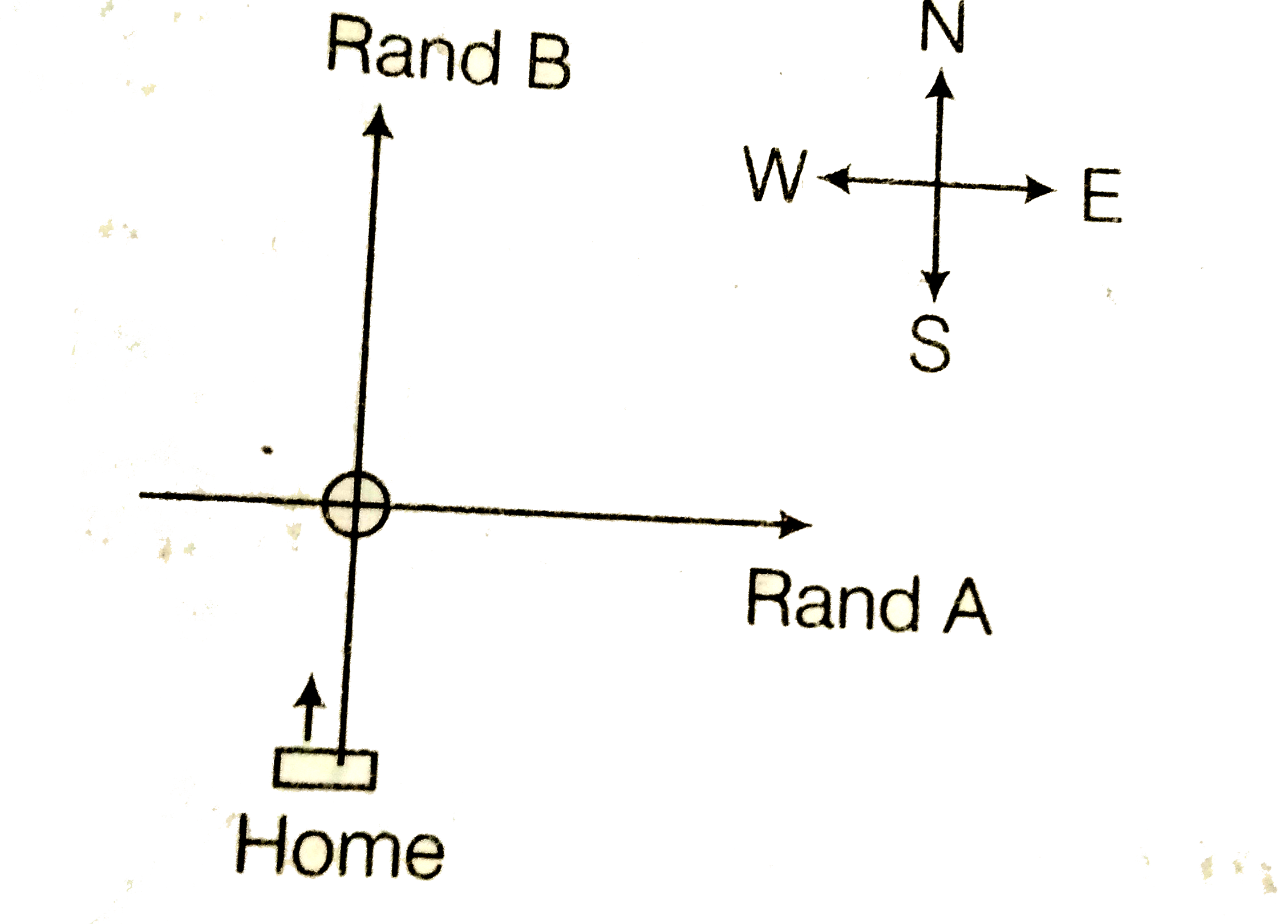Statement I Range of f(x)=x(e2x−e−2xe2x+e−2x)+x2+x4 is not R.
Statement II Range of a continuous evern function cannot be R. Solution in Punjabi
(a)Statement I is correct, Statement II is also correct, Statement II is the correct explanation of Statement I
(b)Statement I is correct, Statement II is also correct, Statement II is not the correct explanation of Statement I
(c)Statement I is correct, Statement II is incorrect
(d)Statement I is incorrect, Statement II is correct.
The correct Answer is:A
Step by step video & image solution for Statement I Range of f(x) = x((e^(2x)-e^(-2x))/(e^(2x)+e^(-2x))) + x^(2) + x^(4) is not R. Statement II Range of a continuous evern function cannot be R. by Maths experts to help you in doubts & scoring excellent marks in Class 12 exams.
Updated on:21/07/2023Topper's Solved these Questions
- CONTINUITY AND DIFFERENTIABILITYBOOK - ARIHANT MATHSCHAPTER - CONTINUITY AND DIFFERENTIABILITYEXERCISE - EXERCISE 4
3 Videos
- CONTINUITY AND DIFFERENTIABILITYBOOK - ARIHANT MATHSCHAPTER - CONTINUITY AND DIFFERENTIABILITYEXERCISE - Exercise (Passage Based Questions)
16 Videos
- CONTINUITY AND DIFFERENTIABILITYBOOK - ARIHANT MATHSCHAPTER - CONTINUITY AND DIFFERENTIABILITYEXERCISE - Exercise (More Than One Correct Option Type Questions)
26 Videos
- COMPLEX NUMBERSBOOK - ARIHANT MATHSCHAPTER - COMPLEX NUMBERSEXERCISE - Complex Number Exercise 8
3 Videos
- COORDINATE SYSTEM AND COORDINATES BOOK - ARIHANT MATHSCHAPTER - COORDINATE SYSTEM AND COORDINATES EXERCISE - Exercise (Questions Asked In Previous 13 Years Exam)
7 Videos
Similar Questions
A man leaves his home early in the morning to have a walk. He arrives at a junction of roads A and B as shown in figure. He takes the following steps in later journies :

(i) 1 km in North direction.
(ii) Changes direction and moves in North-East direction for 2√2 km.
(iii) Changes direction and moves Southwards for distance of 2 km.
(iv) Finally he changes the direction and moves in South-East direction to reach road A again.
Now if roads A and B are taken as X-axis and y-axis ,then visible point representing the graph of y=f(x)
Then the value of x at which function f(x) is discontinous
View SolutionLet f be a function that is differentiable everywhere and that has the follwong properties :
(i) f(x)>0
(ii) f'(0)=−1
(iii) f(−x)=1f(x)andf(x+h)=f(x).f(h)
A standard result is f'(x)f(x)dx=log|f(x)|+C
The range fo the function Δ=f(|x|) is
View SolutionFunction whose jump (non-negative difference of LHL and RHL) of discontinuity is greater than or equal to one. Is/are
View SolutionFind the modules of 2+3ι
View SolutionIf a vertex of a triangle is (1, 1) and the mid-points of two side through this vertex are (-1, 2) and (3, 2), then centroid of the triangle is
View SolutionIf f(x)=(x^(2)-2x+4)/(x^(2)+2x+4),x in R then range of function is
View SolutionIf f(x)=(x^(2)-2x+4)/(x^(2)+2x+4)x in R then range of function is
View SolutionFind the possible values of a such that f(x)=e2x−(a+1)ex+2x is monotonically increasing for x∈R.
View SolutionThe number of solution of the equation e^(2x)+e^(x)+e^(-2x)+e^(-x)=3(e^(-2x)+e^(x))
View SolutionR→R be defined by f(x)=(e2x−e−2x)2. is f(x) invertible. If yes then find f−1(x)
View SolutionStatement I Range of f(x)=x(e2x−e−2xe2x+e−2x)+x2+x4 is not R.
Statement II Range of a continuous evern function cannot be R.
View Solution3−4x+x2e2x -ன் விரிவில் x4 -ன் கெழுவைக் காண்க.
View SolutionIntegrate the following with respect to x.
(i)e2x−1ex (ii)e3x(e2x−1).
View Solutionयदि A={(x,y):y=e2x,x∈R} तथा B={(x,y):y=e−2x,x∈R) तब
View Solutionकथन-1: f(x)=xe2x−e−2xe2x+e−2x+x2+x4 का परिसर R नहीं है। क्योंकि कथन-II : संतत् सम फलन का परिसर R नहीं होता।
View SolutionFill in the blanks: br The function f(x)=e2x is increasing on R…….
View Solution
